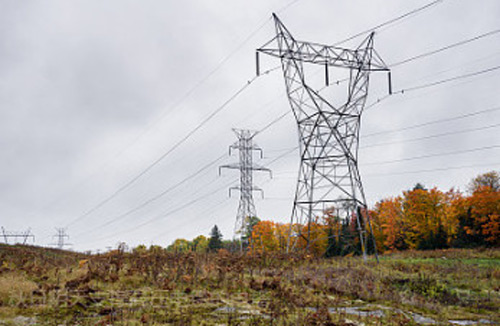National Home Energy Storage Policies
During the past few years, state-level energy storage policy activity has accelerated. This is largely due to the growing body of research on energy storage technology and cost reductions. Other factors, including state goals and needs, have also been contributing to increased activity.
Energy storage can increase the resiliency of the electric grid. It provides back-up power when power plant generation is interrupted. It can also reduce peaks in system consumption. For this reason, storage is considered critical to the clean energy transition. As more variable renewable resources come online, the need for system flexibility grows. Storage technologies can also defer the need for expensive system upgrades.
Although state-level policies vary in terms of scope and aggressiveness, they are all intended to enhance competitive access to energy storage. Some policies are aimed at increasing access to storage while others are designed to ensure that energy storage is fully integrated into the regulatory process. State policies can be based on legislation, executive order, an investigation, or a utility commission investigation. In many cases, they are designed to help replace competitive markets with policies that are more prescriptive and facilitate storage investments. Some policies also include incentives for storage investments through rate design and financial subsidies.
Currently, six states have adopted energy storage policies. Arizona, California, Maryland, Massachusetts, New York, and Oregon are the states that have adopted policies. Each state has adopted a standard that specifies the proportion of renewable energy in its portfolio. A few states have also updated their resource planning requirements to include storage. The Pacific Northwest National Laboratory has identified five types of state-level energy storage policies. These policies vary in terms of aggressiveness, and they are not all prescriptive. Rather, they identify the needs for improved grid understanding and provide a framework for future research. These policies can also serve as a blueprint for other states to follow.
In July, Massachusetts passed H.4857, which aims to increase the state's storage procurement target to 1,000 MW by 2025. The law directs the state's Public Utilities Commission (PUC) to set rules that promote utility procurement of energy storage resources. It also directs the CPUC to consider the ability of energy storage to defer or eliminate fossil fuel-based infrastructure investments.
In Nevada, the state PUC has adopted a procurement target of 100 MW by 2020. This target is broken down into transmission-connected projects, distribution-connected projects, and customer-connected projects. The CPUC has also issued guidance on cost-effectiveness tests for storage projects. The state has also developed rules for streamlined interconnection processes. Nevada also prohibits rates based solely on the energy storage ownership of customers.
The Clean Energy Group has been working with state policymakers, regulators, and other stakeholders to advocate for increased deployment of energy storage technologies. It has also worked to ensure equitable disbursement of storage incentives, including carve-outs for low-income communities. In addition, Clean Energy Group has developed a basic energy storage rebate program, similar to rebates offered for behind-the-meter solar deployment in many states.



Post time: Dec-26-2022







